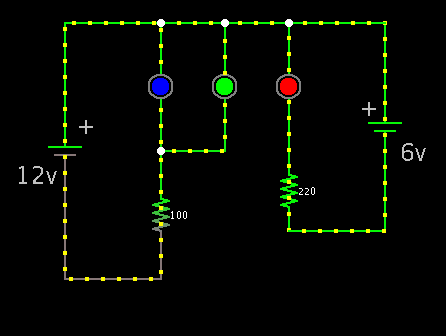Pancra85
Junior Member level 1
Ok, I needed a driver for a 12v led and did this: **broken link removed**
(full article explaining everything: **broken link removed**)
Vcc connected to 12v and of course GND to 0v.
It works fine, but now I need the same thing but instead of driving a 12v led I need it to be 6v, but the thing is that because of design Vcc still needs to be connected to 12v.
My question is: Can I connect GND to 6v so the voltage difference of the led is 6v??? (12v-6v=6v)
Also do I need to change anything on the circuit??
Thanks!
(full article explaining everything: **broken link removed**)
Vcc connected to 12v and of course GND to 0v.
It works fine, but now I need the same thing but instead of driving a 12v led I need it to be 6v, but the thing is that because of design Vcc still needs to be connected to 12v.
My question is: Can I connect GND to 6v so the voltage difference of the led is 6v??? (12v-6v=6v)
Also do I need to change anything on the circuit??
Thanks!
